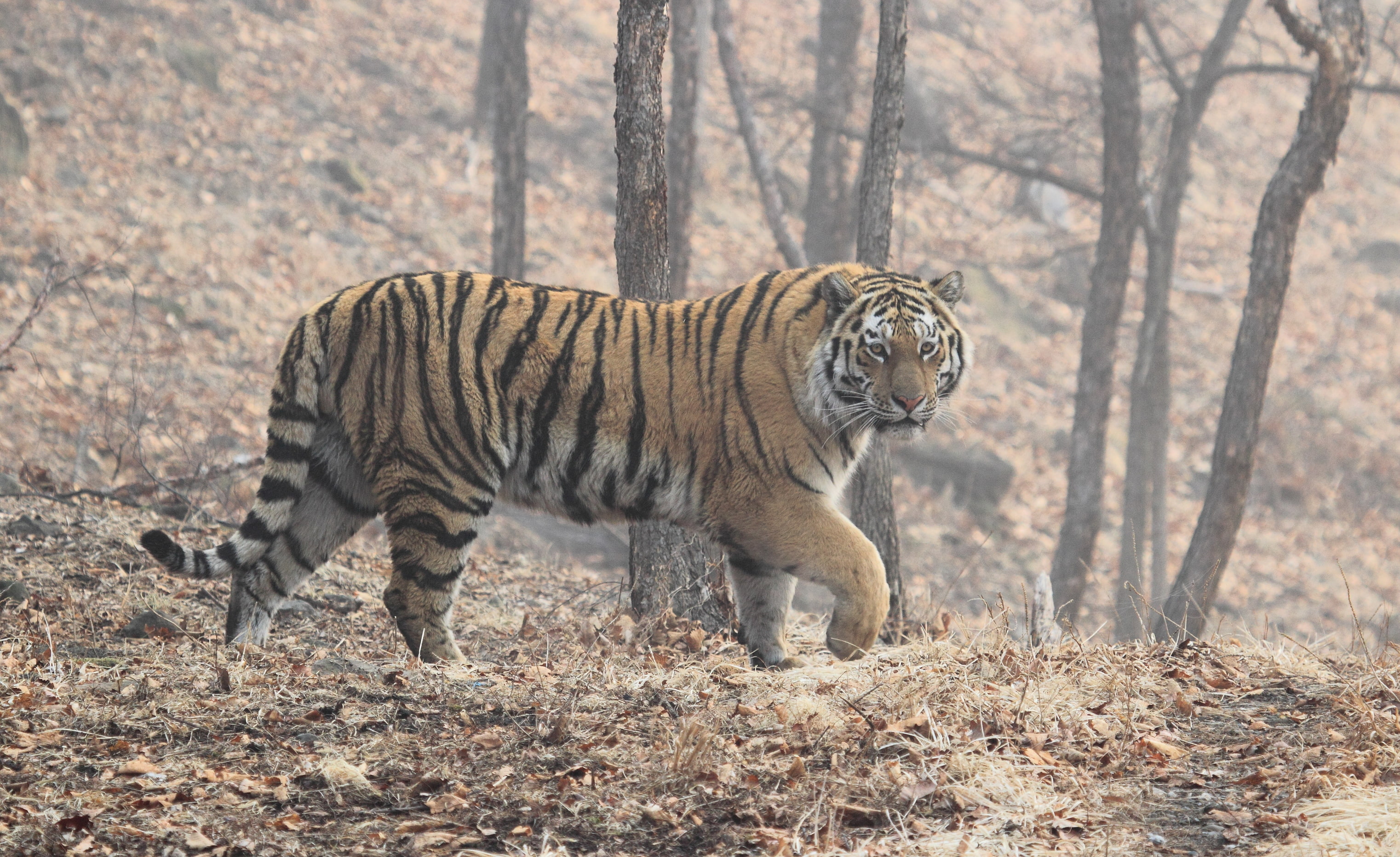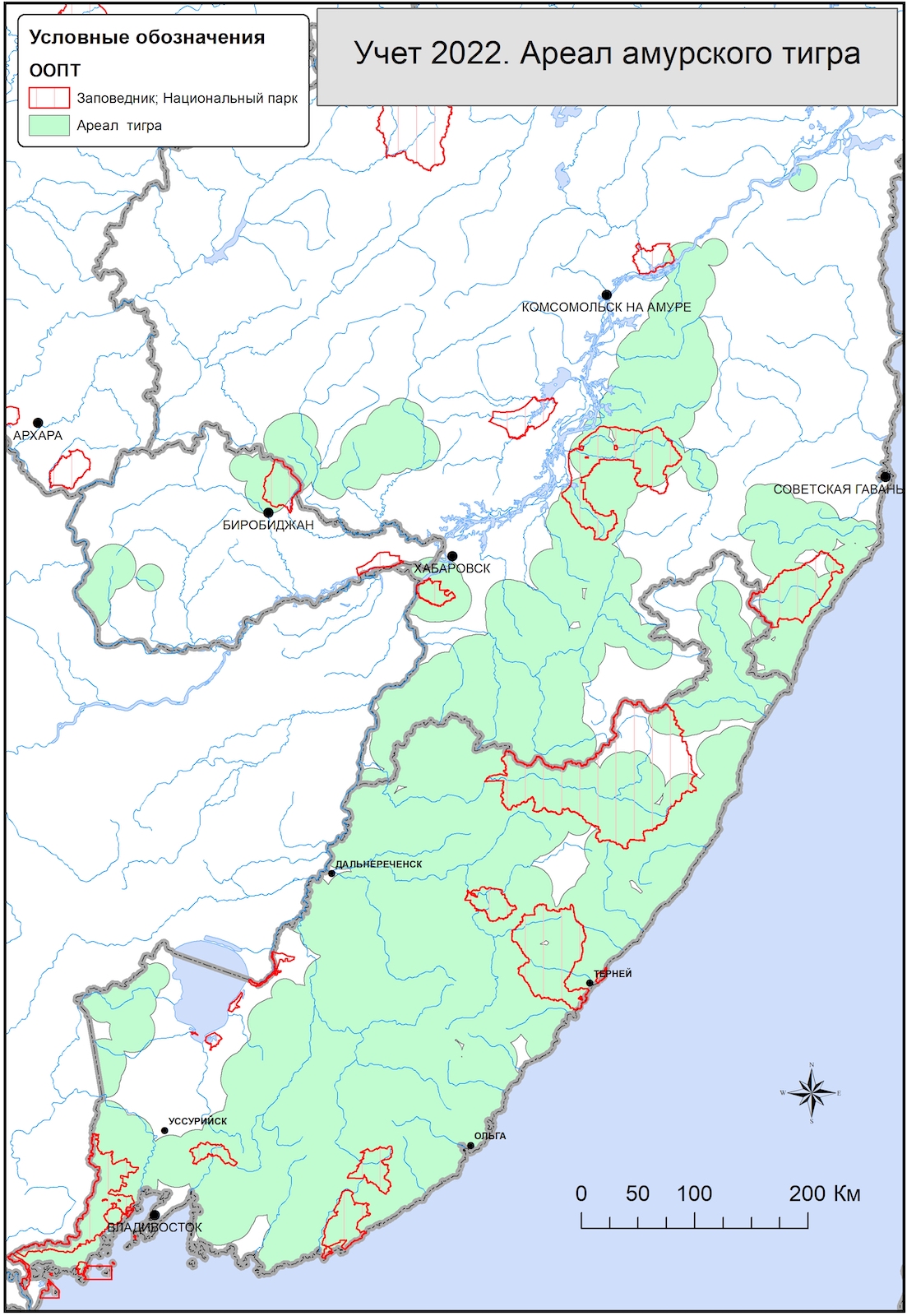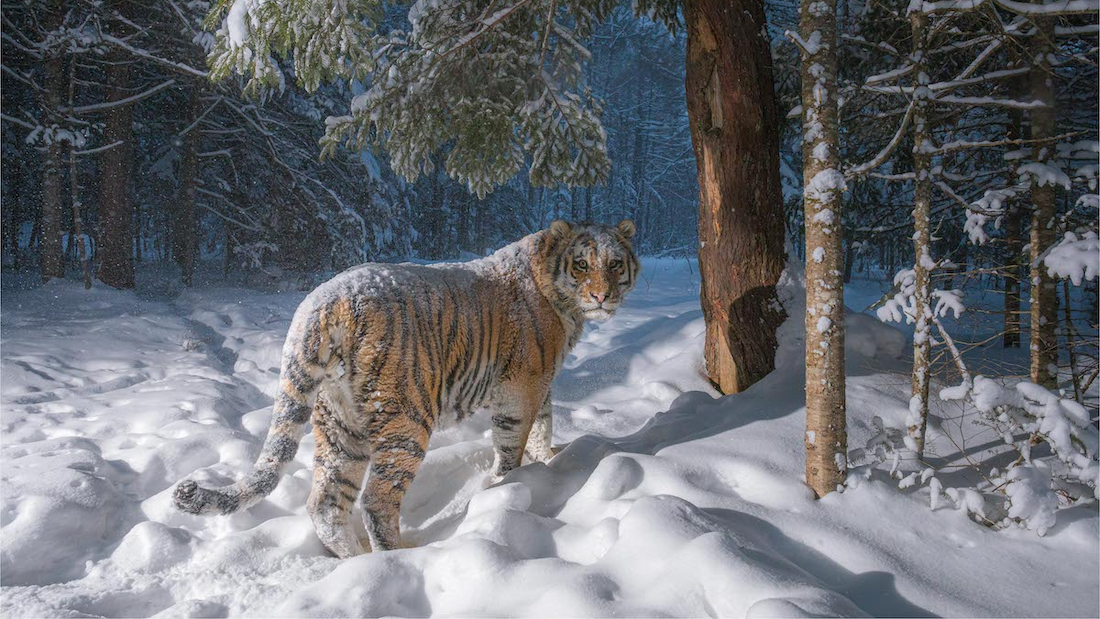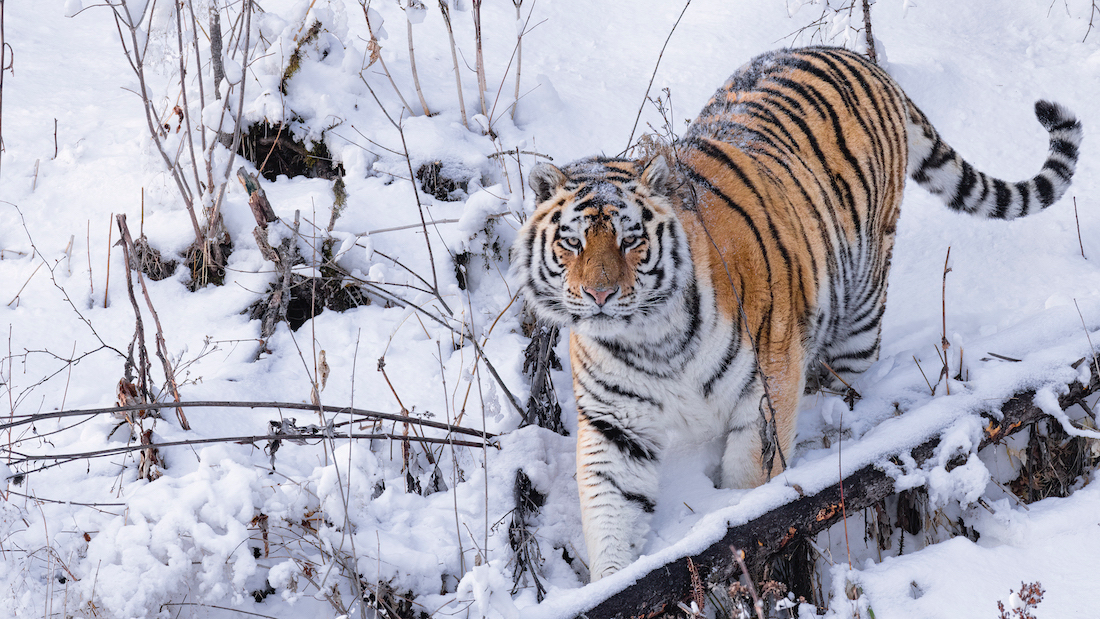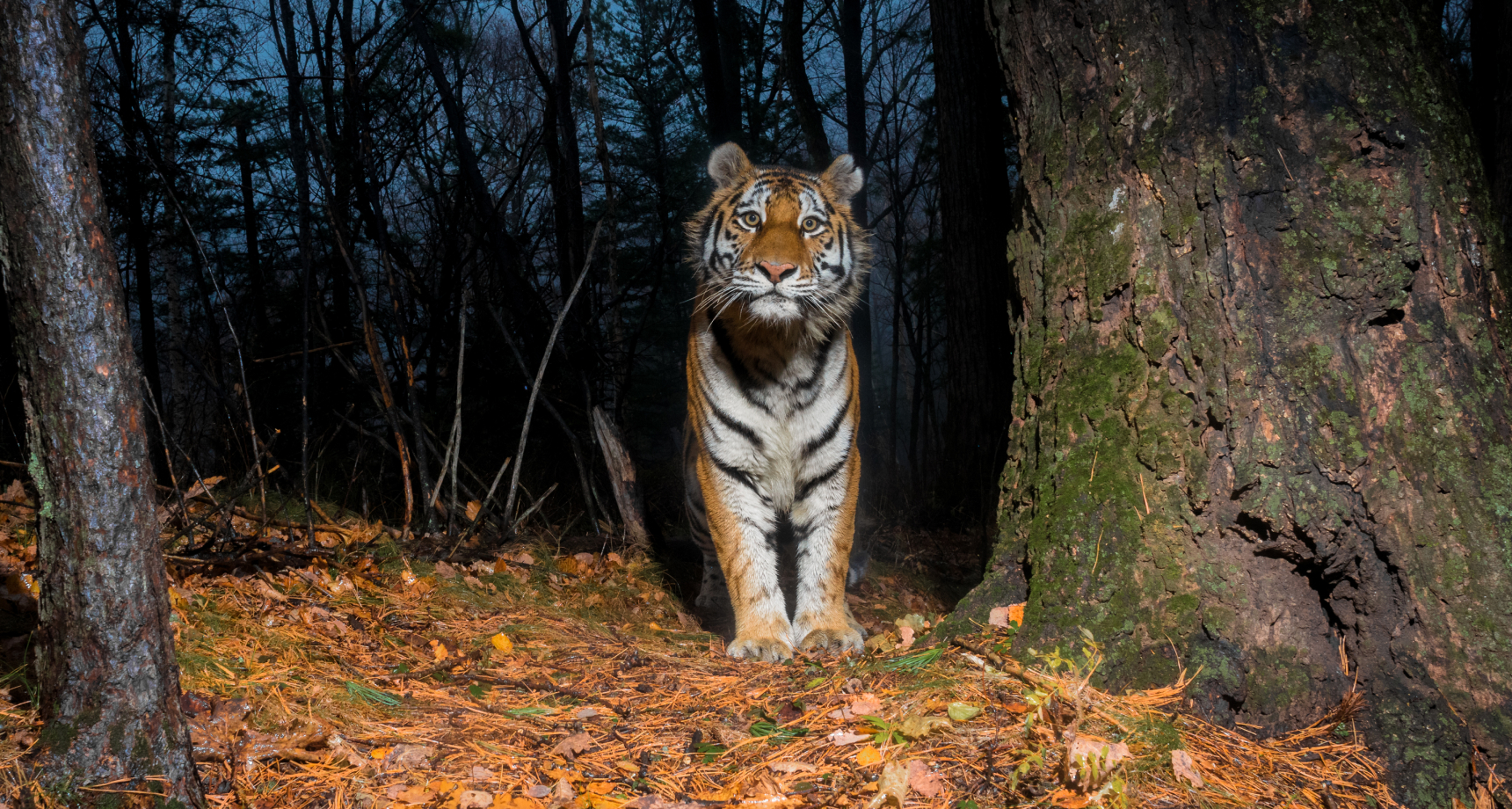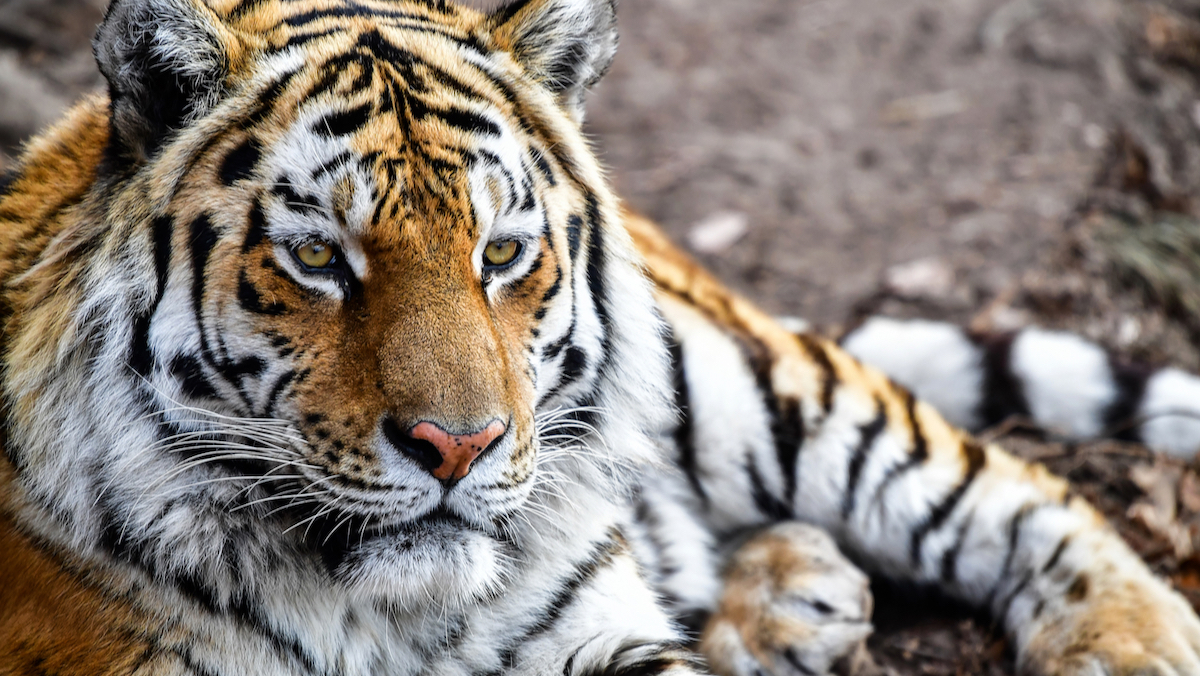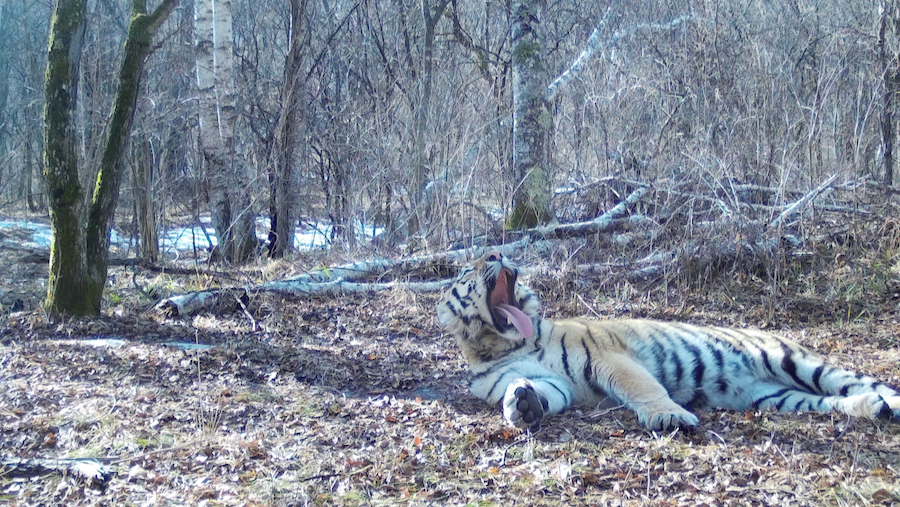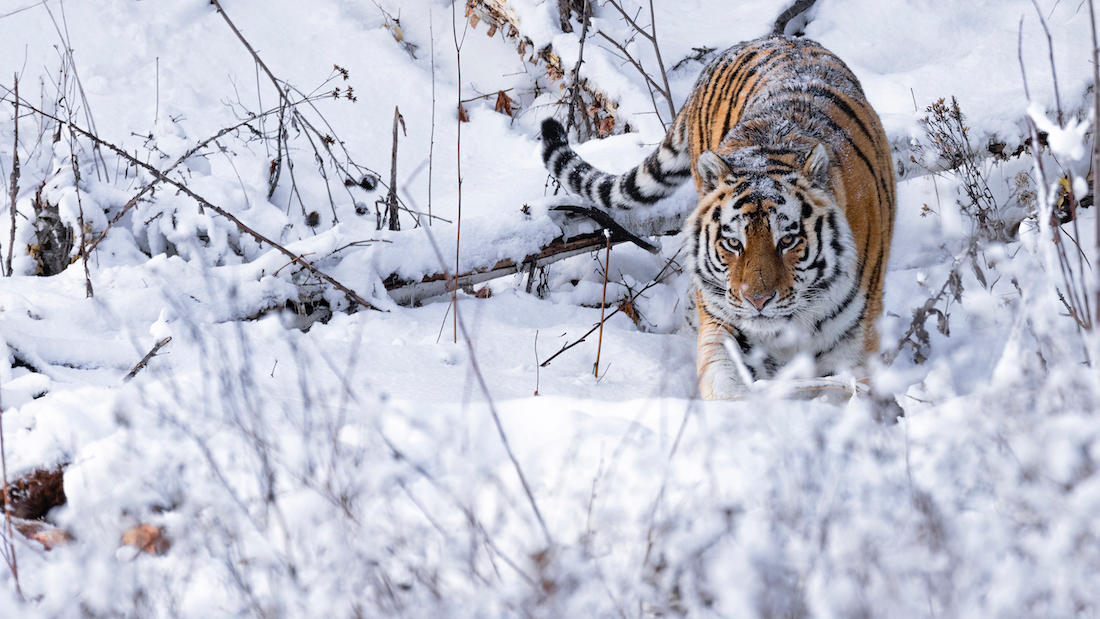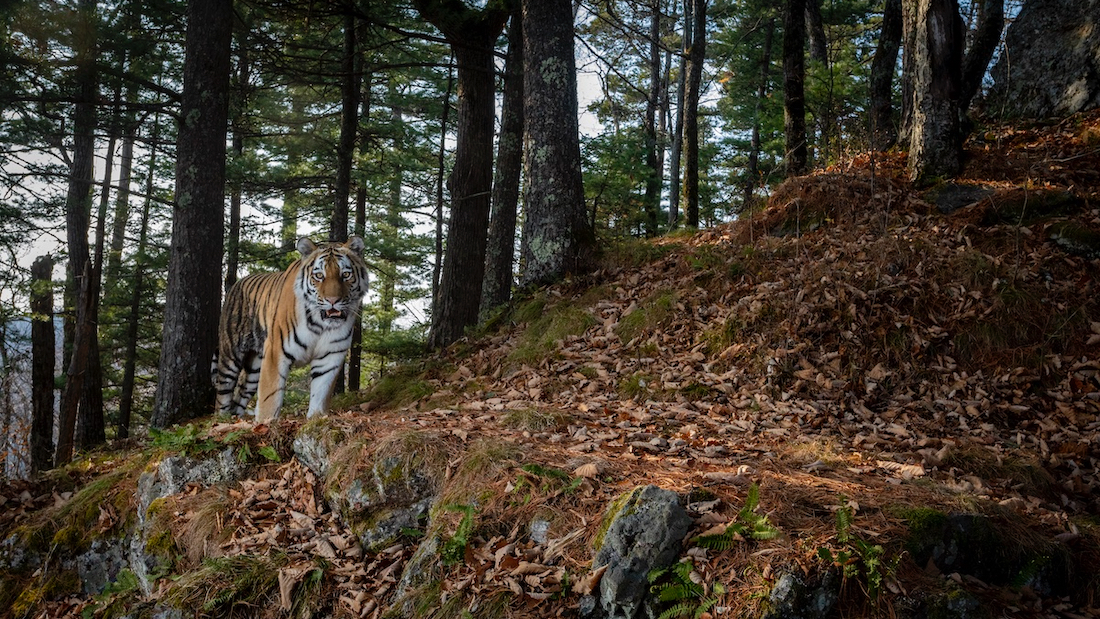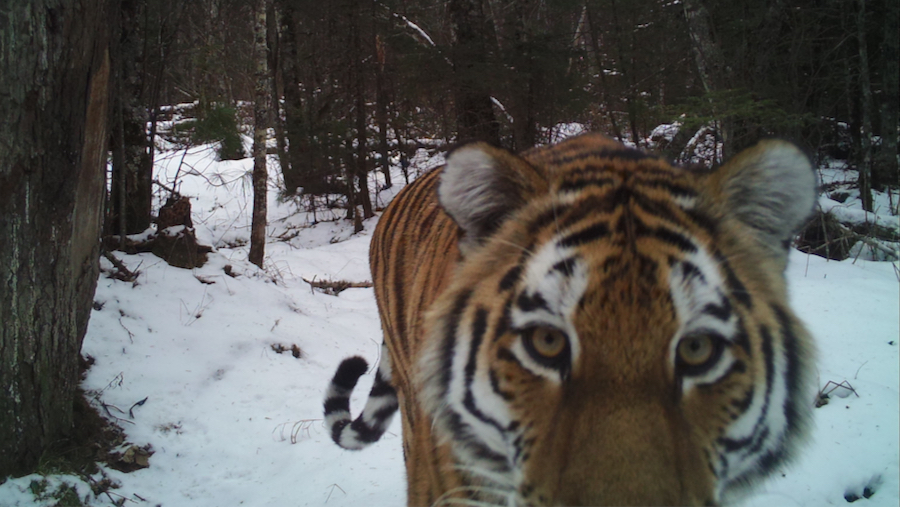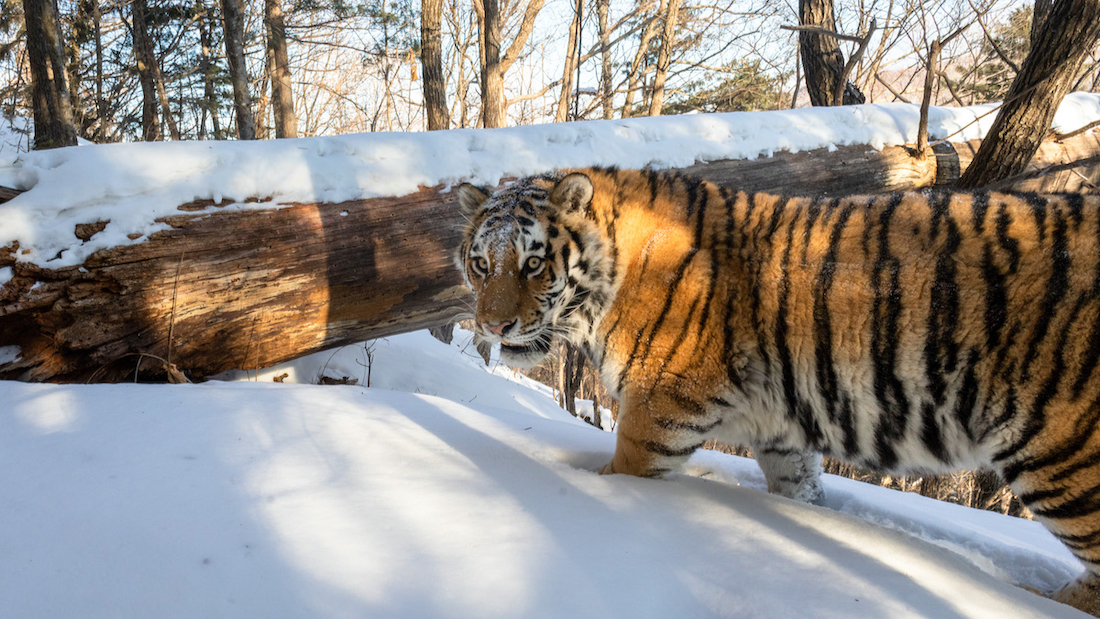Where does the Amur tiger live?


The Amur tiger lives in the territory of the Primorsky and Khabarovsk Territories, the Jewish Autonomous and Amur Regions. The total area of the tiger's range is
Palace in 150 thousand ha
In the average of area, the territory of a male is 100 thousand sq. ha., but with low density of ungulates in the north of the range reaches 150 thousand ha. The plot of the female is on average 45 thousand ha. With an abundance of game, these values can be half as much. Sometimes the animals go away from their lands for 70–100 km. Perhaps in in order to testify respect to relatives. Or for wedding cases. And maybe — to look after a new site if people have survived from the habitable one or if the female cedes part of her site to her grown daughter.
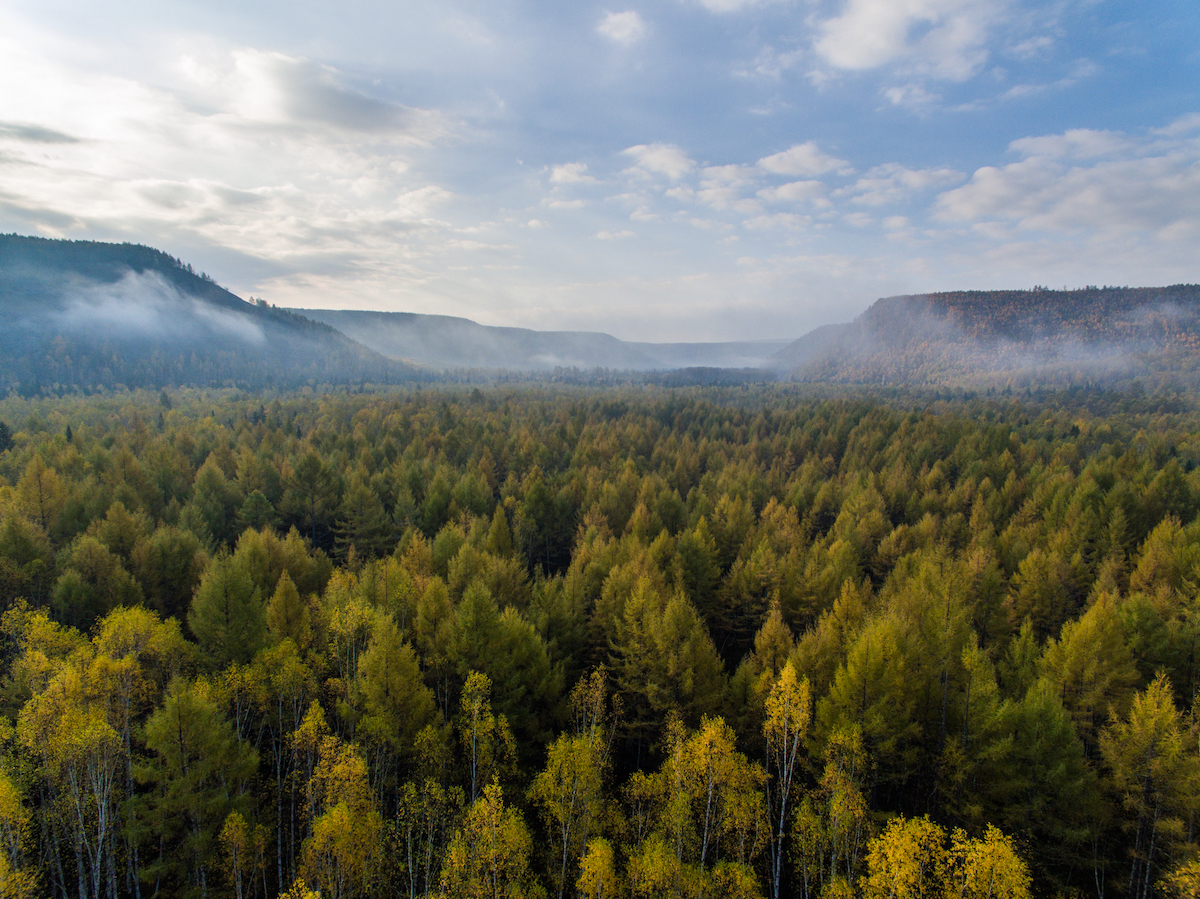
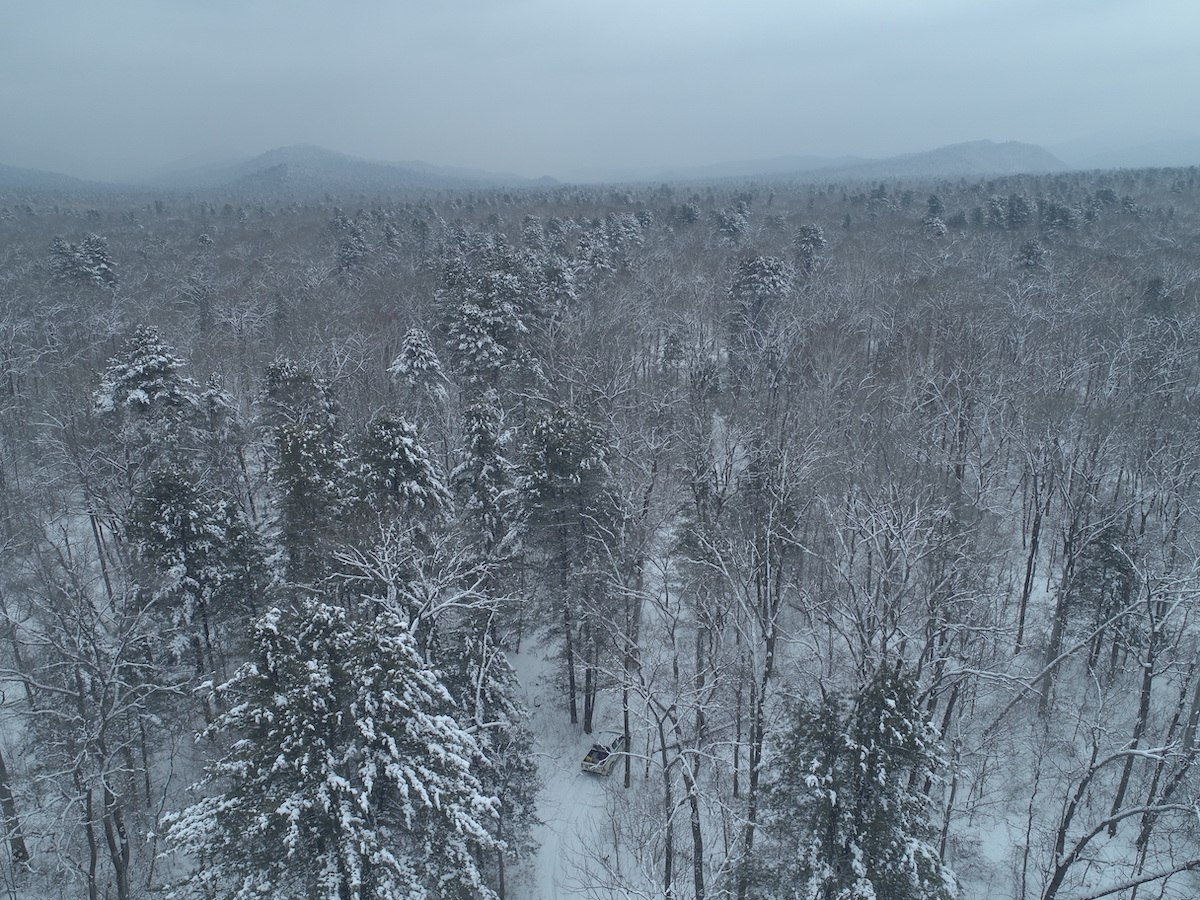
Approximate area map:
Important numbers to remember:
According to the law, specially protected natural areas — this general name of all plots of land, water surface and air space above them, where there are natural complexes and objects that have a special environmental, scientific, cultural, aesthetic, recreational health significance, which are withdrawn by decisions of state authorities wholly or partly from economic use and for special protection.
Hunting in specially protected areas, depending on their category, is completely prohibited or limited.
Nature reserves have the highest status among SPNTs with the most stringent security regime, and any economic activity prohibited. The main purpose is to preserve natural complexes and objects of the animal world as standards. This is important for the comparative assessment of the ongoing changes in adjacent territories, where the human impacts the habitat of animals and the animals themselves in his usual way. In fact, these islands of life are created for centuries, and the longer they exist, the more valuable is the information received on them for the mankind to learn.
Many tasks are fulfilled in the reserves: scientific departments conduct observations and study the life of populations of certain species, e.g. the Amur tiger; students and postgraduates of specialized universities – biologists, zoologists, veterinarians, future employees of forestry are undergoing practical training; cooperation with international environmental organizations, educational institutions, film studios. Educational lectures and excursions are held for the population and tourists (who are not allowed everywhere and are to be accompanied by employees of the reserve).
Nature reserves in the Amur tiger habitat:
Bolshekhekhtsirsky
Botchinsky
Bastak
Kedrovaya Pad
Lazovsky
Sikhote-Alinsky
Ussuriysky
Khingansky

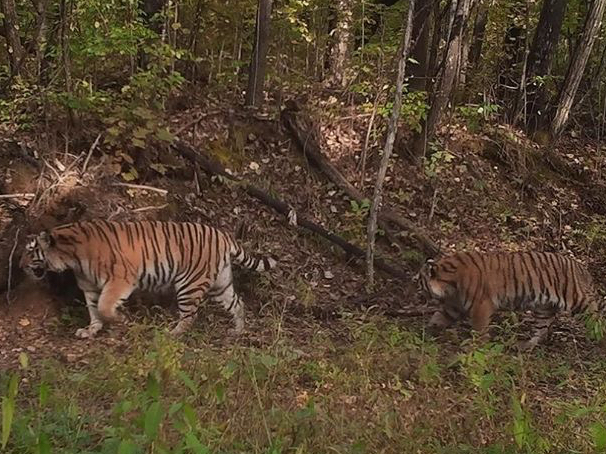
National parks, like nature reserves, contribute to the preservation of natural complexes, unique objects and sites, but they face much broader tasks. The development of ecological tourism, restoration of disturbed natural complexes and objects is welcomed, certain economic activities are allowed.
For these purposes, the territories of the national parks are divided into zones of various functions. The most valuable areas – the reserved zones – are actually nature reserves where the natural environment is preserved in its natural state and it is prohibited to carry out any outlaw activities. Recreational areas designed for tourism and recreation are also available; economic zones: the park needs to be managed and people can live on its territory; and, depending on local conditions, zones of traditional hunting, which are divided into areas assigned mainly to representatives of the indigenous peoples of the Russian Federation.
As for the Amur tiger preservation, national parks have a significant advantage, namely, work is allowed here to increase the number of wild ungulates. Mineral and food supplements are given, disease prevention is carried out.
National parks in Amur tiger habitat:
Anyuisky
Bikin
Leopard land
Zov Tigra
Udegeyskaya Legenda

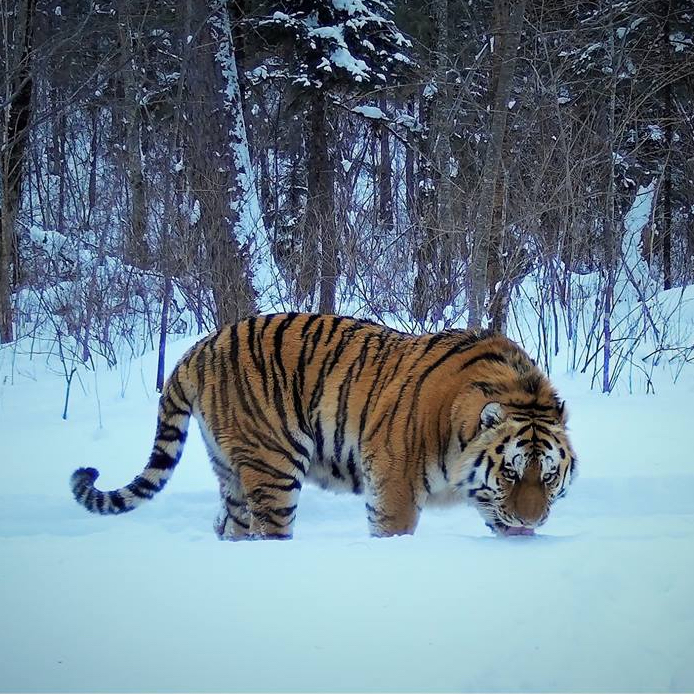
Zakazniks. According to the legislation, these are the territories ‘of particular importance for the preservation or restoration of natural complexes or their components and for maintaining the ecological balance. Zakazniks are diverse. They can be either of federal or of regional significance, complex (landscape), intended for the preservation and restoration of the most economically, scientifically and culturally valuable natural landscapes, plant or animal species.
The tasks and features of the regime of the zakazniks are determined in each specific case, they are many. There are those who contribute to solving the “tiger issues”. It is especially important that the overwhelming majority of them are organized on the initiative of hunting experts and withdrawn from hunting use. So there is no competition between the tiger in the use of the ungulate population with the human. Only with poachers.
The lack of zakazniks is poor technical equipment and the lack of staff to solve the problems of increasing the productivity of hunting grounds. The territorial burden on the security service is still prohibitively high.
Natural parks. They are arranged in the locations of natural complexes and objects of significant ecological and aesthetic value. Although they are environmental institutions, they are used mainly for recreational purposes.
Ecological corridors. They are created in order to close the separate ‘islets’ of protected territories into a single network, where animals could find peace, shelter, and food while moving. Basically, in the form of ‘corridors’ are designated the floodplain forests of the main rivers, including not only the water protection zone. By design, felling within the boundaries of these SPNTs is unacceptable, but this provision is increasingly violated. In fact, these are the same zakazniks, but with a different name. In the 90s, everyone wanted to be different and came up with a term using buzzwords from abroad.
The network of SPNTs is supplemented by ‘breeding grounds’ or ‘reproduction areas’ allocated by game users in the territories assigned to them, which reach 10% of the area of each farm. Along with ungulates, tigers also find here an opportunity for a quieter habitat. However, it should be noted that their legal status is still uncertain.
Nature Reserves and National Parks and some of Zakazniks subordinate to the Ministry of Natural Resources and Ecology, that's why they sometimes call them SPNTs of federal significance. Most of the zakazniks, natural parks and ecological corridors subordinate to the governmetns of the regions. That's why they sometimes call it SPNTs of regional significance.
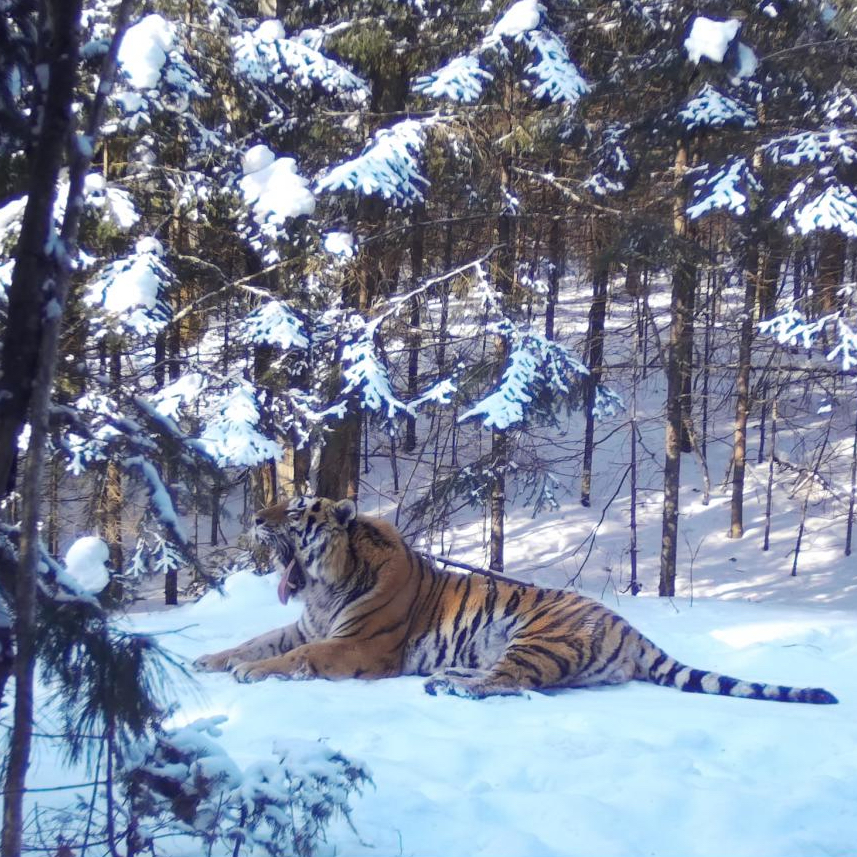
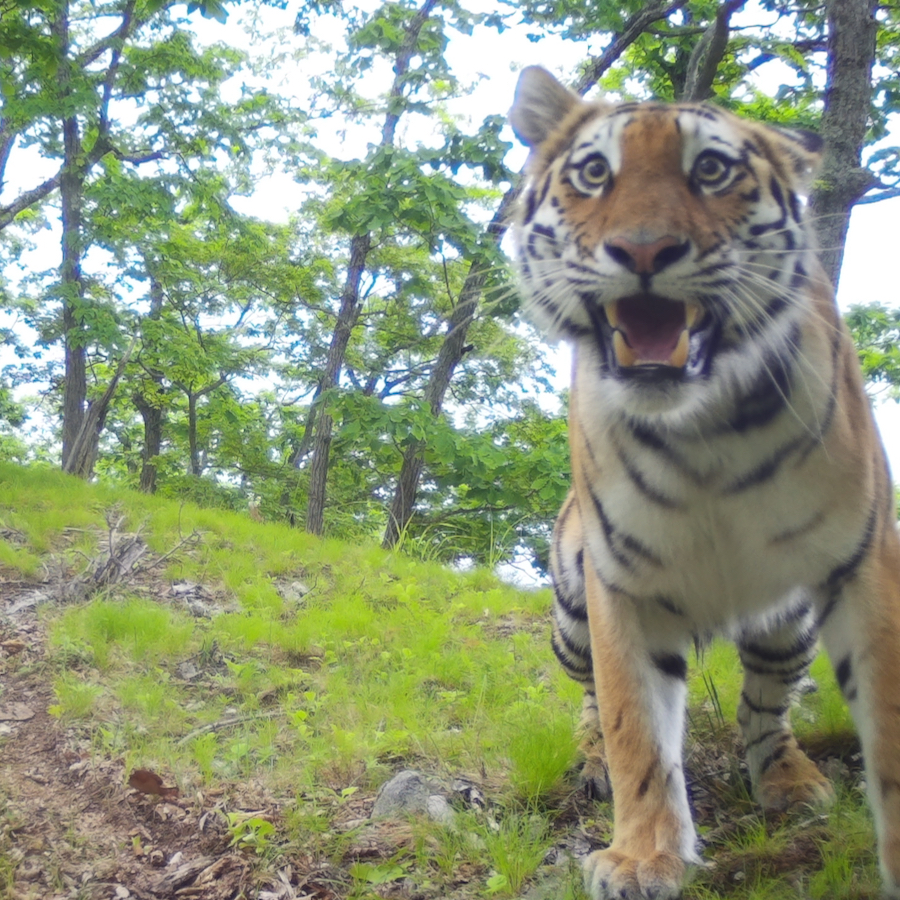
As we have already said, hunting grounds occupy 80% of the tiger's range. You can’t hunt tiger, but and not some other animals, for example, boar, you can. However, this can only be done in accordance with regulations and laws established by the state.
Pay attention!
Hunting tiger in our country has been completely prohibited since 1948. It does not matter if it is a nature reserve, wildlife sanctuary, game reserve or just a piece of forest along the road.
The high numbers of wild boar, deer and red deer almost certainly guarantee the peaceful coexistence of tigers with humans. Therefore, economically strong hunting farms have enough ungulates for both tigers and hunters.
Compliance with the rules and laws of hunting in all types of hunting grounds and regional PAs is monitored by wildlife protection services. In abbreviated form they are called «Gosokhotnadzor» or simply "hunting supervision". For example, hunting supervision of Primorsky Krai.
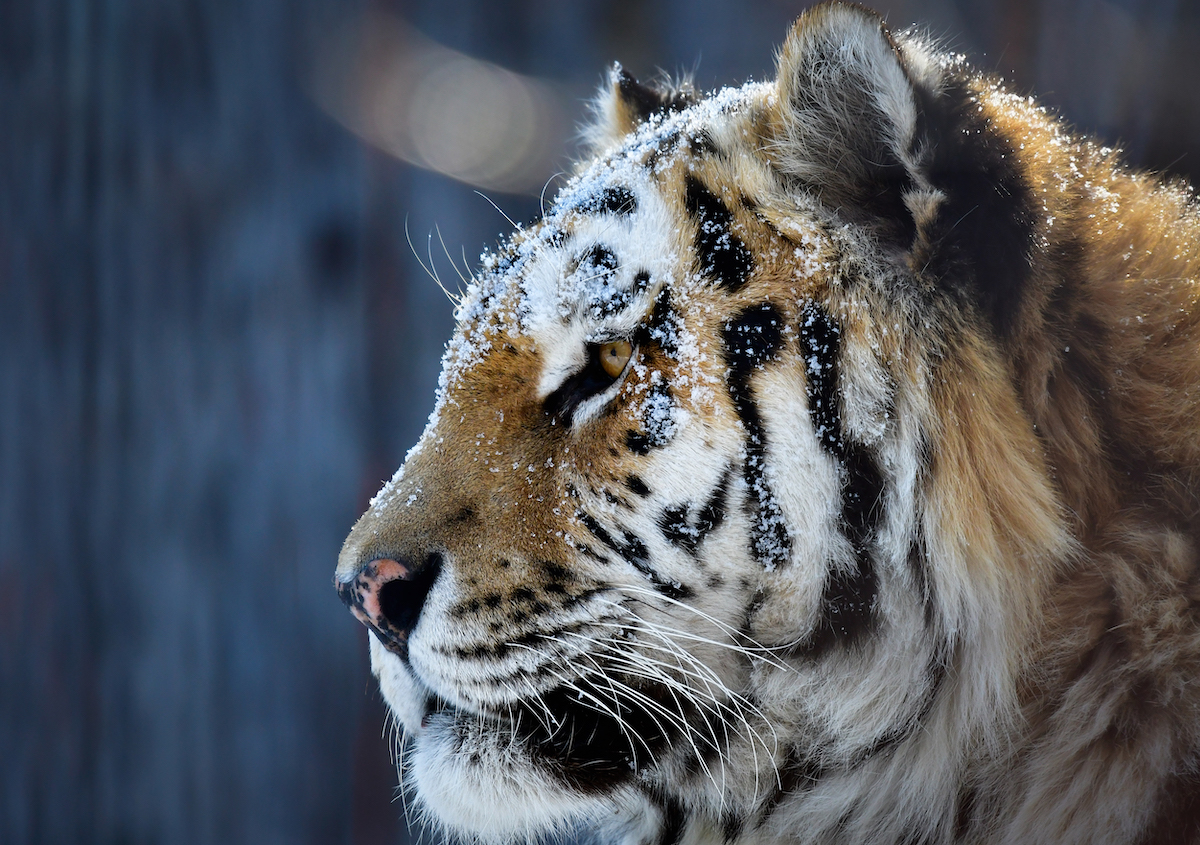
hunting
is completely
banned
Hunting striped predator was banned in 1948.
Now killing a tiger is punishable by up to 9 years deprivation of liberty and a fine of up to 3 million rubles.
